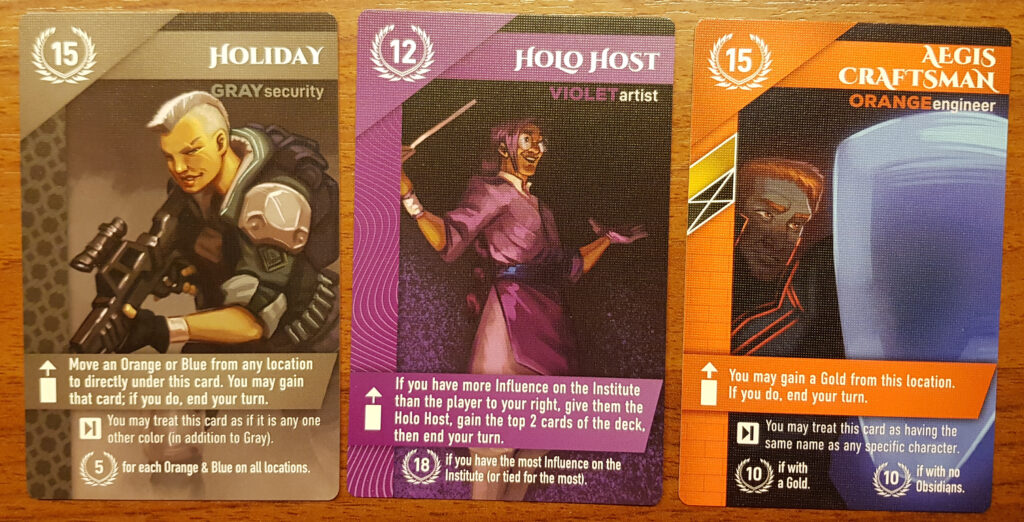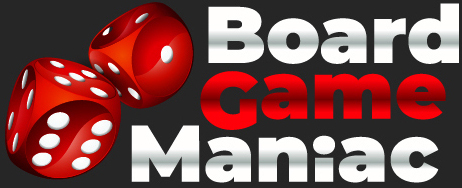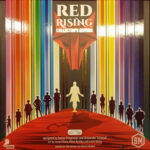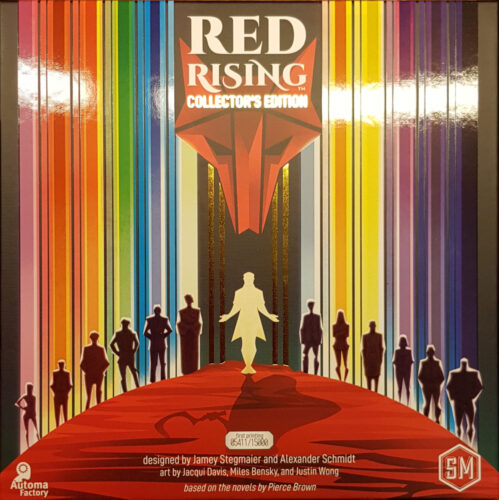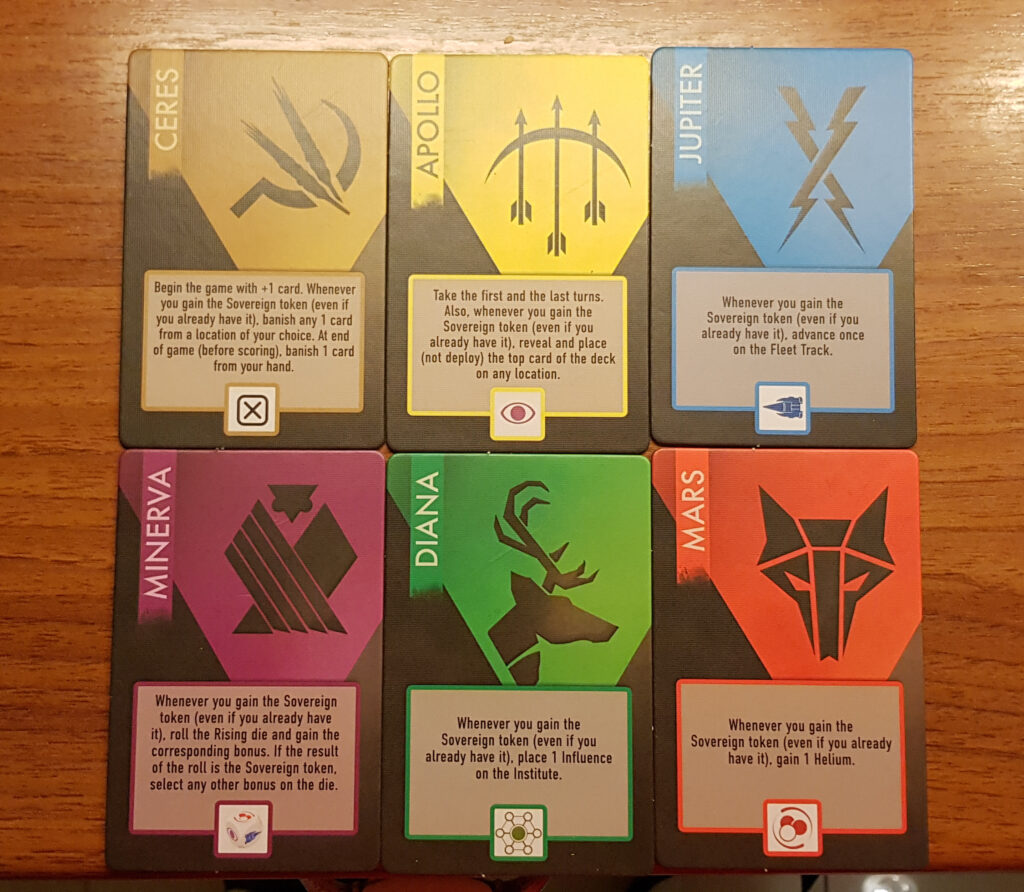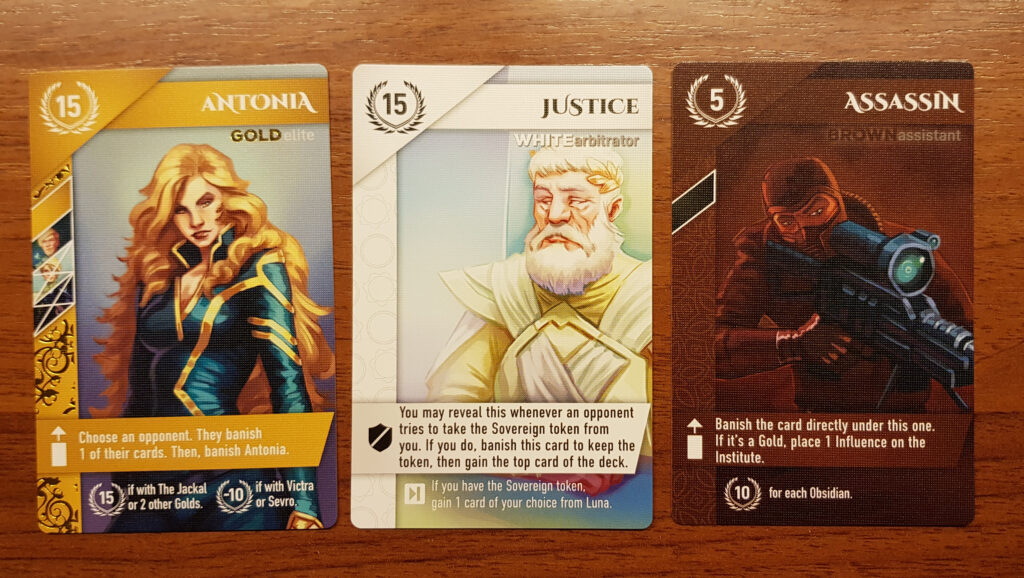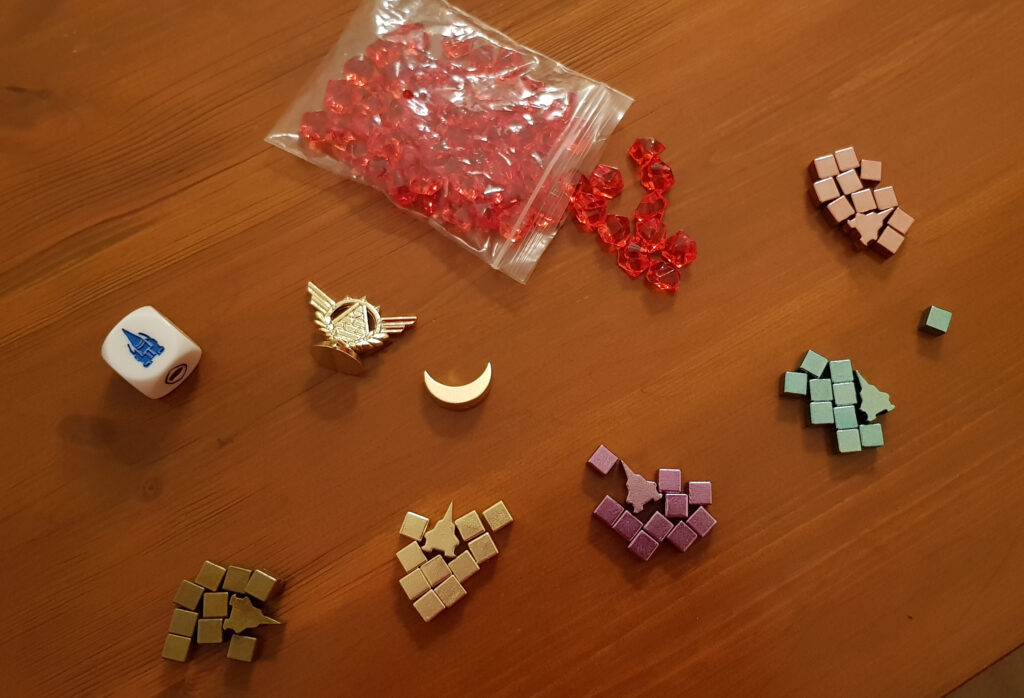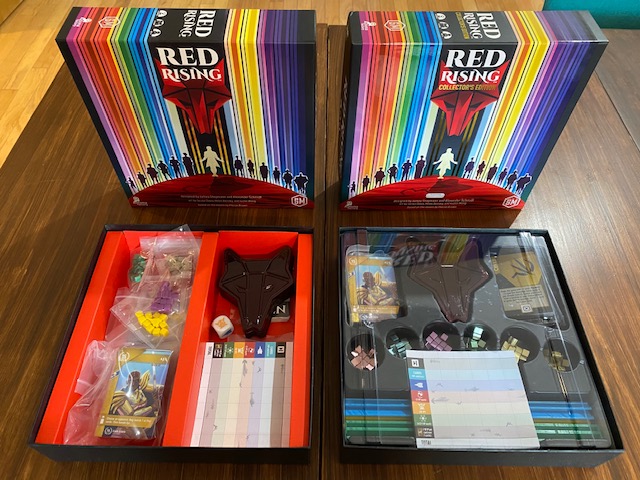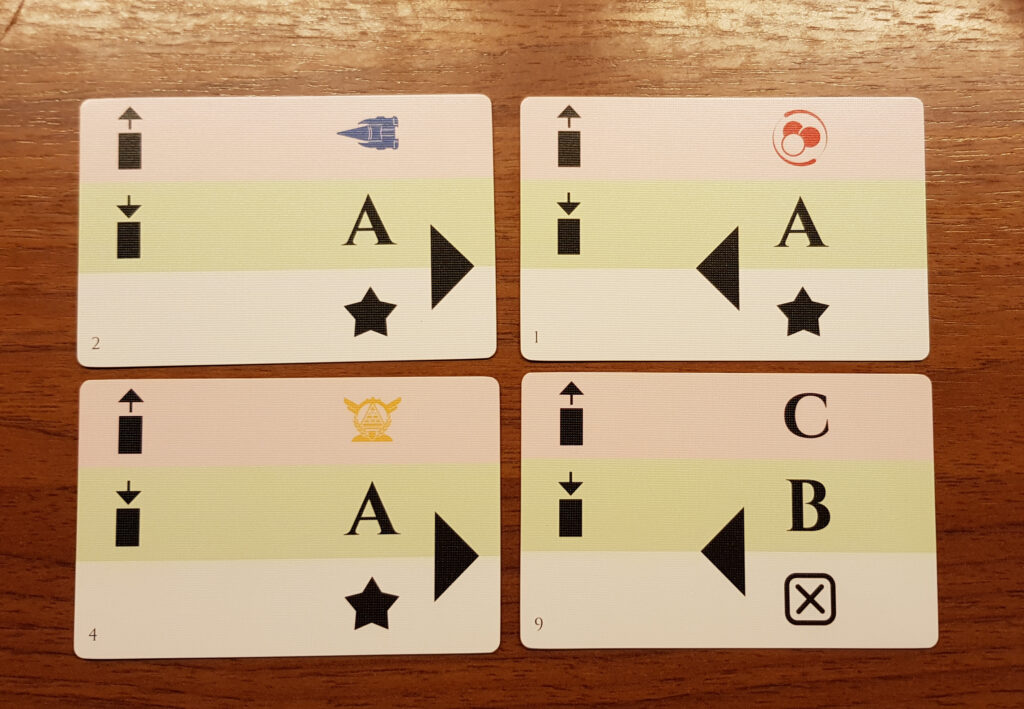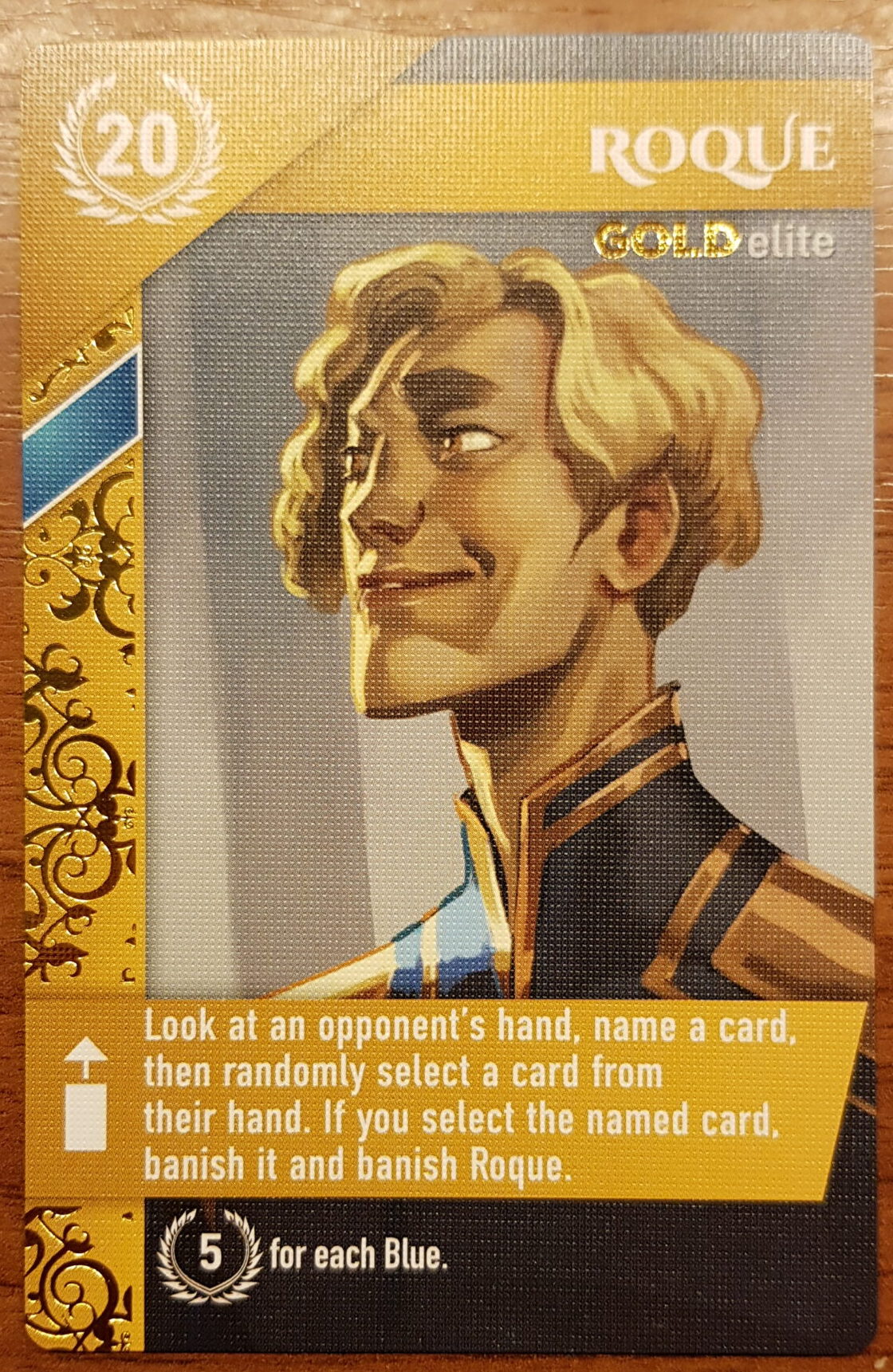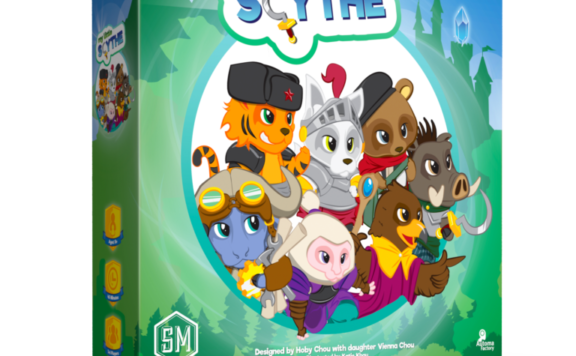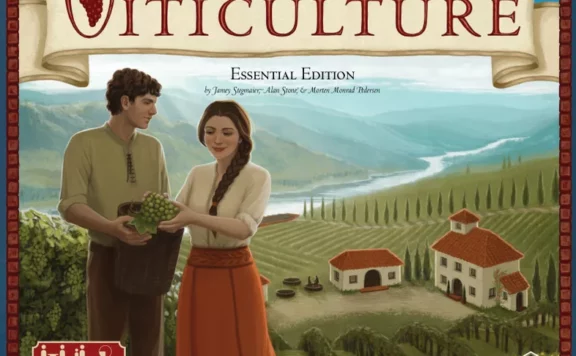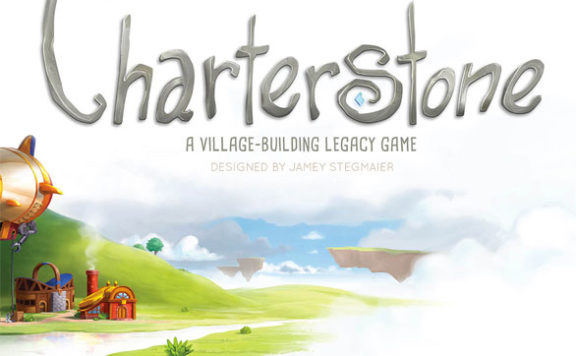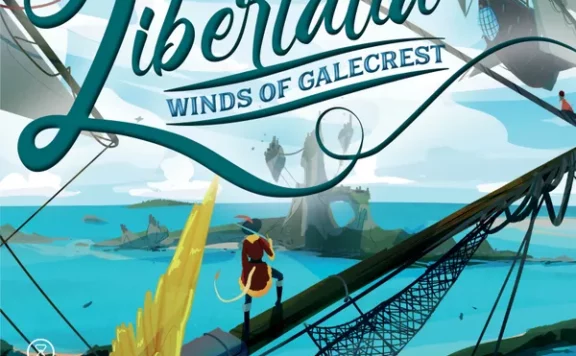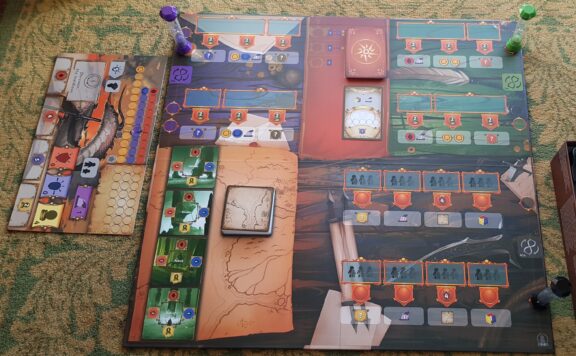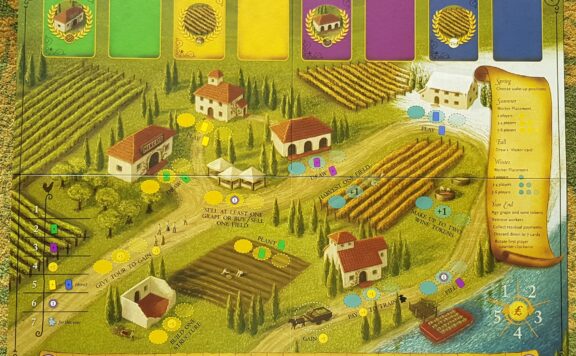A few days ago, an interesting (and pretty heavy) box arrived at my home. "Hmm", I thought. "I really like heavy boxes. It must contain a really awesome game". Unwrapping it, I was very intrigued by the impressive box cover. So, having heard nothing about Red Rising or the novel-series it was based upon, I just opened it with hesitation. And there it was, a box full of goodies that warmed my heart and made me think "I must see this right away".
So, here I am, privileged with a Collector's Edition of Red Rising, which is in preorder now, with the standard retail version coming out in a few months. Red Rising is a board game for one to six players, using the mechanics of Hand Management and Combo-building. It last about 45 to 60 minutes and is suitable for ages 14+ .
Players represent a house attempting to rise to power by piecing together an assortment of followers (your hand of cards).
The main component of the game are Character cards. There are a lot of them and each completely unique. Red Rising has a very rich background, as it is based on a novel series by Pierce Brown, describing a dystopian future, set on a future planet Mars. However not much is revealed about this mystifying universe. One thing that we do learn about it is that in this dystopic future society, people are divided in 14 castes, that have the names of colors. That alone, creates the opportunity for building a rich gameplay. There are 112 character cards, each one unique and belonging to 1 of the 14 different castes.
At the start of the game, the deck of character cards is shuffled and put on the gameboard face down. 2 character cards from the deck are put on each of the 4 locations on the board (Jupiter, Mars, Luna and the Institute). Each player receives a reference card, a random House tile and the corresponding fleet token and influence tokens. Each player also draws from the deck 5 character cards which form their starting hand.
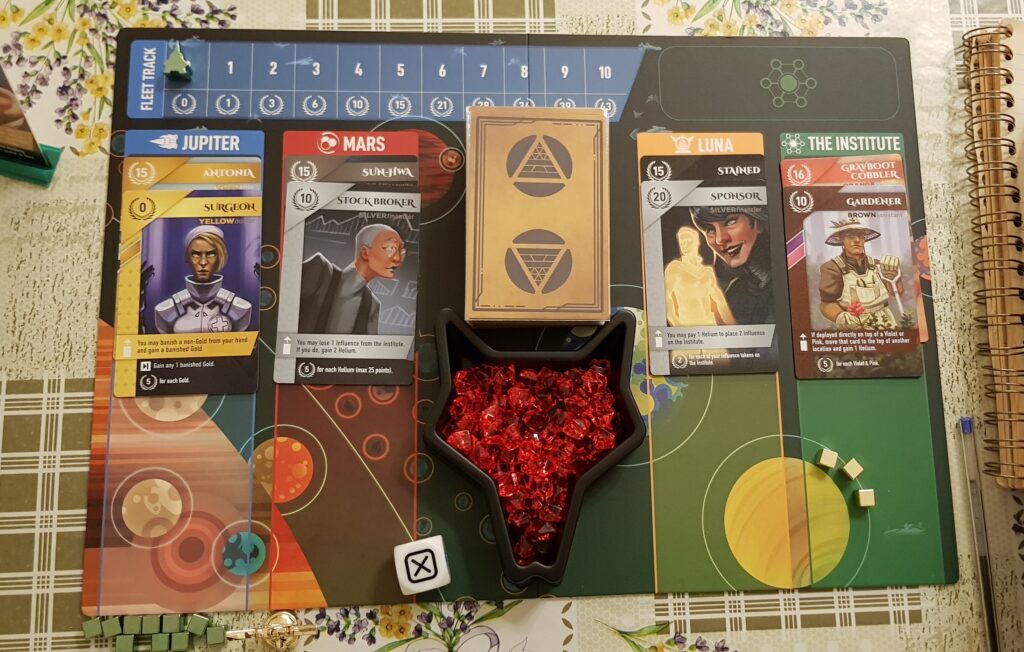
There is a lot of information on each character card but the most important are:
- the name of the character and its color (caste).
- the character's deploy ability. These abilitites are what makes the game flow and they come in big variety, from gaining more cards to manipulating cards in locations on the board, banishing cards or even stealing tokens from opponents
- end-game points. Each character has a core value and an additional end-game value that can produce more points at the end of the game if a specific condition is met. For example, some characters want to be together with certain other characters or characters belonging to a specific caste.
Each turn a player has to choose between 2 actions:
- Lead. The player chooses a card from his/her hand and deploys it face up, on a location of choice. Then that character's deploy ability triggers. The action is completed by gaining the top card of another location (face up) and then gaining that location's bonus or by gaining the top card (face down) of the deck, then rolling the Rising die to gain the resulting bonus
- Scout. The player reveals the top card of the deck and plays it (no deploy) on a location to gain the location's benefit.
The game ends when all of the following conditions are met by any combination of players or just two are met by any one player:
- a player has 7+ fleet tokens
- a player has 7+ Helium tokens
- a player has 7+ influence tokens on the Institute
Components
The components of this game are very impressive, as expected in a collector's edition.
The board is colourful and sturdy and has an ideal size (410x284mm) which doesn't occupy much space. It's nice that it has special places for the character cards, the tray with the Helium tokens and the influence tokens. Everything is nicely organized in this board and every bit of space made useful.
The character cards are big (65x100mm) , made of durable linen-embossed ivorycore. The publisher states that the cards don't need sleeves due to the minimum shuffling that is needed and the way they are manufactured but in my opinion it would be a shame not to sleeve such beautiful cards. Shuffling is needed once at the start of the game but there is a lot of manipulation of the cards during the game so I think that's enough for the cards to show wear after some time.
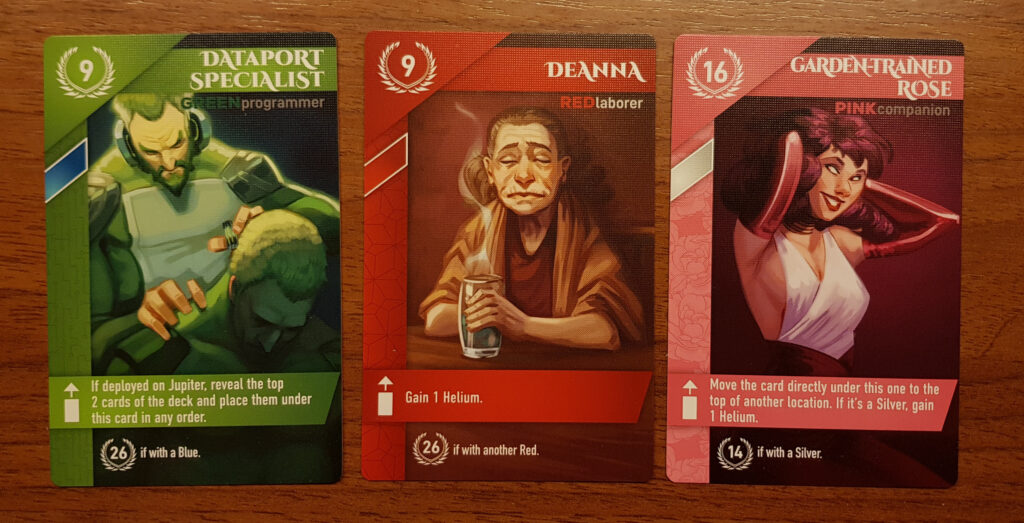
Another highlight-component is a wolf-head tray, present in all editions, which is for Helium tokens storage. I don't know if that shape has something to do with the novel but I really loved it.
The Helium tokens are glowing-red gems. My 5-year old son was fascinated by them and wanted to get some, to act as treasure for his playmobil toys. After negociation, we agreed that he could take some whenever he wanted but bring them back immediately after play.
The differences between the retail edition and the collector's edition are:
- card holders (in the color of each player's house) are only present in the Collector's version. They are very useful in keeping a player's hand visible only to him, neatly organized without having to hold them in hand for the whole game. I found that these holders maybe should have a slightly higher base as they are somewhat easily overturned even with a slight touch of the cards they are holding. That is probably due to the large height of the cards.
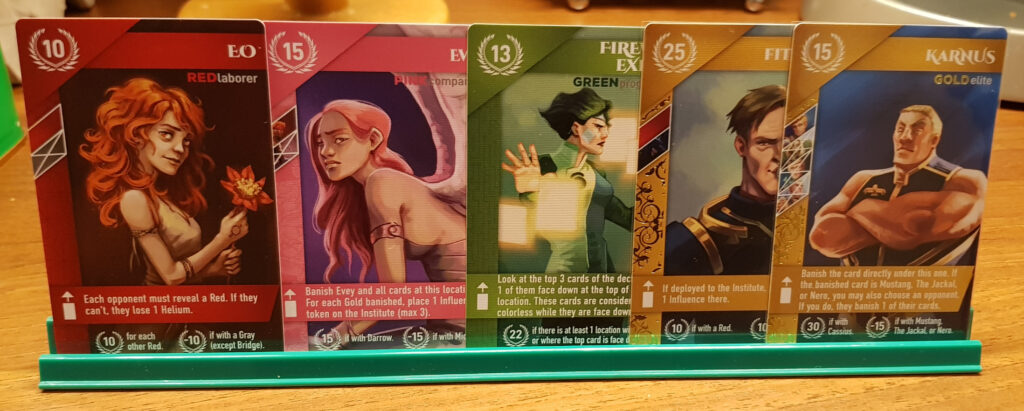
- influence tokens are plastic in the retail version and metallic in the collector's. The idea is good theoretically but unfortunately poorly executed. The metallic tokens were made unpainted to give them a more quality look but the result shows that their colors are not easily distinguished especially during low luminocity conditions. What saves the situation is that these tokens don't actually interact. Moreover these tokens are pretty heavy, resulting in a pretty heavy game box. I think that wooden tokens instead of metallic would do the job much better.
- character cards of the "Golds" are special in the collector's edition, engraved with gold foil. The result is very impressive and makes the game feel exquisite and unique (see Roque card below). Thumbs up for the idea and its execution.
- In the collector's edition, the game box includes a plastic insert for game components with a lid. It has 6 special receptacles, one for each house, for storaging player tokens and 3 more receptacles for the dice, first player token and Sovereign token. The standard version has a cardboard insert without the special receptacles. The Collector’s Edition box has gold foil, spot UV, and individual numbering.
- The crescent-moon, Sovereign and fleet tokens are gold-painted metal in the collector's edition and they have very exquisite feel. They are plastic in the standard version.
All in all, the components of this Collector's edition are fantastic, save the problem with the metal influence tokens. 9/10
Gameplay
Despite the super easy rules, the gameplay of Red Rising has a lot of depth, and it's all about decisions. After receiving your set of 5 cards upon game setup, you have to closely study them in order to find which of them (if any) make a nice combo. Sometimes you may get characters that can't be combined at all and other times you may start with three or four characters that sympathize with each other. But don't be fooled that this game is mostly about luck and what you draw at the start. Whatever you initial hand may be, there is a lot of work to be done. Actually I personally find it more enjoying to start with unmatchable characters and then gradually try to find the best combinations, than having a nice combo ready-made from the start. Even in the latter case, there will be a lot of room for improvement, for evolving to an even better combination or adding more cards to your hand. Sometimes, even when you have some ready combinations in hand you may notice that there is an available character on a location on the board that would fit much better in your hand , resulting in more end-game points, so you may substitute a character with someone else. As the deploy action and specifically the deploy abilities are a big part of the game at some point you will come to face a big dilemma: "-Do I play this card for its awesome deploy ability or do I keep it because it makes a nice combo in my hand and by playing it I may lose it?" From experience I can tell you that almost always it's better to use you deploy abilities even if you lose a character that you wanted, because another player chooses to take him from the board. That is part of the game fun and can trigger interesting social interaction with the other players (hopefully not quarels). So, my point is that whatever your initial hand may be you will have a lot to do.
Although there are 2 available actions to play on your turn, "Lead" and "Scout", you will most frequently play "Lead" because that is how you will evolve your hand. Scout is more useful toward the end of the game when you will have built the best hand you can and you just go for the location bonuses to end the game. That is something I didn't fully comprehend from the start. In my first game, I got a really good hand in which 3 of the 5 cards combined well, so I got rid of the other 2 in the next few turns and gained 2 new cards that combined well. Then it seemed that there was nothing else to do, so I kept scouting to meet the end conditions. That seemed a little weird and resulted in a rather low score of about 250 points. Then I thought I must have done something wrong. When I played the game again, I was handed a set of 5 random cards. I gradually fixed my hand but I also tried to get more cards than 5, actually the more I could get. Et voila! I ended up with a score around 350 points and pretty happy about it. Then I wanted to play again.
Deciding which card to play on the board and which card to take from the board at the end of your "Lead" action will keep you interested throughout other player's turns. This way you will play your turn faster and have minimum downtime overall between turns.
A special mention should be made for the Solo variant of the game. I've played many games with a Solo variant but I think the work that was done in Red Rising is exemplary. It is very easy to learn how Tull Au Toma (your fantastic opponent in Solo games) plays its turn and the duration of each of its turns is less than a minute. The AI player provides a way to manipulate the board in a way that new characters are made available and others disappear from locations, resulting in the required evolvement of the board. One thing that makes the game somewhat easier when playing solo is that it is safer to play a character on the board and get him back next turn. That is because the Automa player has priorities. Each location has a priority from A to D which means the location A will be the most frequently used location by Tull Au Toma and the one with priority D will be the least used. That information is beforehand known and you can manipulate it, by playing characters you want to regain later in the location with priority D. I think it would be better if Tull Au Toma gained cards from random locations, so that you couldn't take advantage of this information but I guess the designer had a purpose on doing that. 9/10
Learning Curve
The rules of Red Rising are extremely easy to learn. There are only 2 possible actions and the game setup is super easy too. The reference card that each player receives during setup pretty much explains all you need to play efficiently. That makes the game an ideal gateway game for new board game players. 9/10
Theme
The publisher of Red Rising states that "each character card is designed based on the corresponding character in the book, so certain preferences and quirks are hinted at, but not directly revealed or spoiled". Since I haven't read the books, I can't really tell how true the game is to the real characters. However I realize that we don't actually learn much about the Red Rising universe through this game. It seems to act only as a vessel to give the game mechanisms an interesting background. However this is not necessarily a problem but a design decision in order to keep things simple.
One thing that I am sure about, after playing the game, is that I am very intrigued to read the Red Rising trilogy books as I like science fiction and would be interested in learning the full story behind each of the characters, which would also give me a better "feel" of the game. 6/10
Replayability
Whenever I finish a game of Red Rising, I simply want to start a new one right away. I think that tells it all. I think what won me over this game is the combination of easy set up and easy rules with a challenging gameplay, including thousands of character combinations. If I am alone and have some time to spend, Tull Au Toma is there to play with me nice and smoothly, which has been the case numerous times during the Covid-19 pandemic. 8/10
Player Interaction
I would be very dissapointed if this game had poor player interaction. Fortunately the designers were able to deliver interaction between players in numerous ways both direct and indirect. As for direct interaction, you can steal opponents resources or their Sovereign token, banish their cards or even look at their hand. You can also block their attempts to steal from you. As for indirect interaction, you will most likely find yourself discussing cards in play with other players, trying to pursuade them in picking certain cards, form alliances or make deals. Who could ask for more? 9/10
Final Thoughts
Like a precious gem, this game shines between this year's releases with its substance in gameplay wrapped in a parcel full of exquisite components, such as gold foil cards that set the bar high for the board game industry. The goal of delivering an easy to grasp game that is also challenging to the mind and includes social interaction between players, is achieved with virtuosity. Giving us only a glimpse of the dystopian future described in the novel it is based on, Red Rising points to a universe full of intrigue that one is eager to find more about. A game worth buying, that will easily find its way to the gamenight table and one that delivers one of the best solo experiences in board gaming.
Recommended for: Everyone
According to our scoring system for board games, scoring categories have different weights. Components have 13% weight, Gameplay 35%, Learning curve 6%, Theme 5%, Replayability 26%, Player Interaction 15%. According to this system and the above scoring in each category, overall weighted scoring of the game is:
Overall: 8.6
